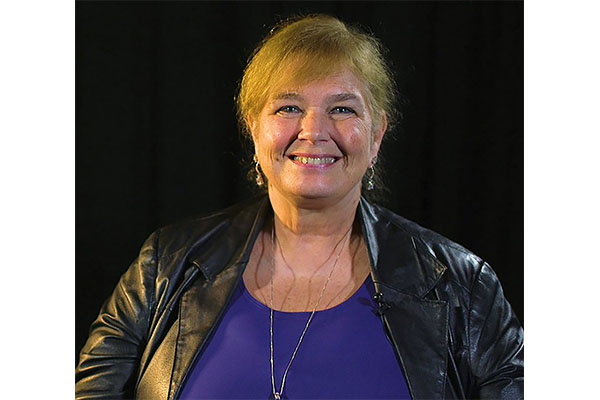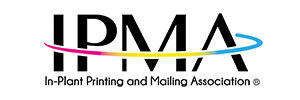Let’s pretend that you have unlimited resources in your in-plant. You can buy any piece of equipment or any software solution to make your operation run at its very best. Where would you start? What would be on your shopping list? What would the benefits be?
It’s a great exercise to get ideas flowing, but for most of us, the budget is not unlimited and anything we acquire has to fit into an existing production environment. Any addition should also be done to enhance the services you can offer!
Just in case a massive budget suddenly comes your way, let’s prepare! The place to start is with a quick assessment of two elements of your in-plant: what you offer and how you deliver it.
Assessing Your Offerings
Note the term “offering” – not product or service. As an in-plant, you grew out of a need to service a precise constituency. Devices have been acquired and workflows developed to follow the evolution of constituency needs, not necessarily following the trends in the industry. That doesn’t mean that you can’t begin to offer options that keep you competitive.
Do a bit of sleuthing to understand what work might be going to external providers and why. Is it a lack of capability, a lack of education, or a pricing/chargeback issue? Find as many examples as you can so you can build the best picture of what your constituents need and what they are paying.
Next, look at how you advertise what you can do to your constituency. For some, the answer will be that there is no outbound education or promotion. Others may have on-going promotional communication with the constituents but may not be tracking its effectiveness. Others may have regular communication with constituents to gather requirements and test ideas. Where are you on that continuum?
Finally, consider your constituency. Are you talking to the right people about what you have to offer and how you offer it? Organizations change, people move roles, and roles change. Look carefully at who uses your services and who should be using your services. Where are the gaps and how can you close them?
Assessing Your Environment
Once you understand your constituency and their needs, map that information to how you execute your offerings. How do jobs come to you? Have you created a web-to-print interface for departments to use? Is there a walk-up counter? Do jobs come via email? Do you offer design services or an online design tool? How varied are your finishing options? Can you support enhanced printing options?
What are the volumes you produce of each product you offer? Have some gone dormant while others are steady or growing? Look at what is being sent to outside vendors. Could you do some or all of that work?
Once you have a sense of how your offerings compare to the products sent to your plant and those sent outside, you should see a path to the gaps. Do the groups in the organization who send work out know your capabilities? Can you meet their needs at a competitive cost? If not, could you create a partnership that runs work through your plant and allows you to meet those needs?
So many questions, I know, but these are the first step in assessing your options.
Caressing Your Constituents
It is always important to understand those who use your plant. Their needs may be changing or have already changed. How they need to work may have changed. What they need to print may have changed, and that may be a driver to change what you offer directly.
However, you may also find that there is work you are not prepared to take on. It may be work you have always done but is now more costly for you to produce than makes sense. It is always worth considering what clients to fire and what work not to take on. You can do this in two ways: you can refuse it or you can find a partner to take it on and become the project manager. Consider which options make the most sense.
The goal of this discussion is to encourage you to create a culture of regular assessment of what you provide and how you provide it. Questions? Drop me a ping on LinkedIn or drop me a note at pcm@mcgrewgroup.com!

Pat McGrew helps companies perform better in the print hardware, software and printing services industries. Promoting Best Practices for your Business, Pat leverages years of working as an executive, marketer, analyst, industry evangelist and consultant to enable business growth. She covers workflow and bizflow effectiveness, management and messaging for products, services, and businesses.
From owning a software company to serving the market, her experience spans all customer communication channels (CCM, ECM, ECP, EMM) and segments: transaction, data-driven and static marketing, packaging and label print, textiles, and production commercial print using offset, inkjet, and toner.
An experienced professional speaker and co-author of 8 industry books, editor of A Guide to the Electronic Document Body of Knowledge, regular writer in the industry trade press, podcaster and host of #PrintSampleTV, Pat won the 2014 #GirlsWhoPrint Girlie Award for dedication to education and communication in the industry, and the 2016 Brian Platte Lifetime Achievement Award from Xplor International. She is certified as a Master Electronic Document Professional by Xplor (lifetime status), and as a Color Management Professional (CMP), CMP Digital, and BrandQ Professional by IDEAlliance. Find Pat on Twitter as @PatMcGrew and on LinkedIn.
